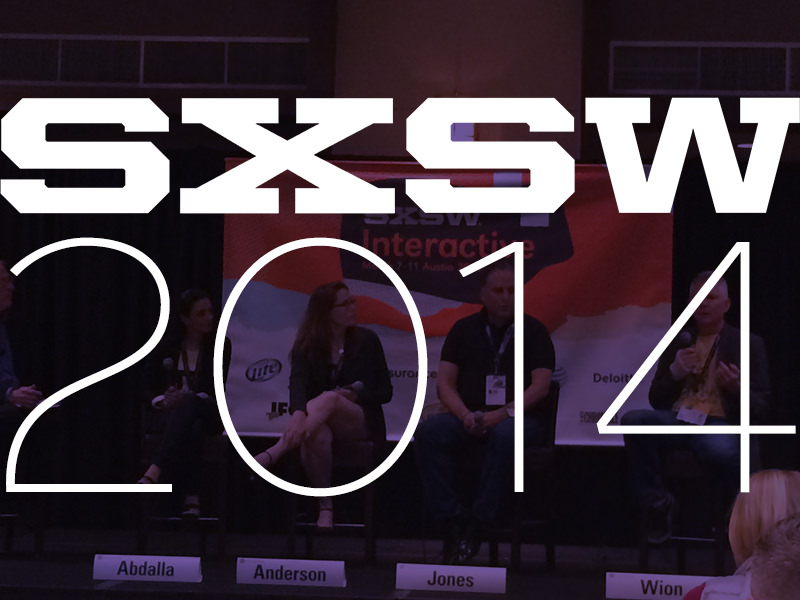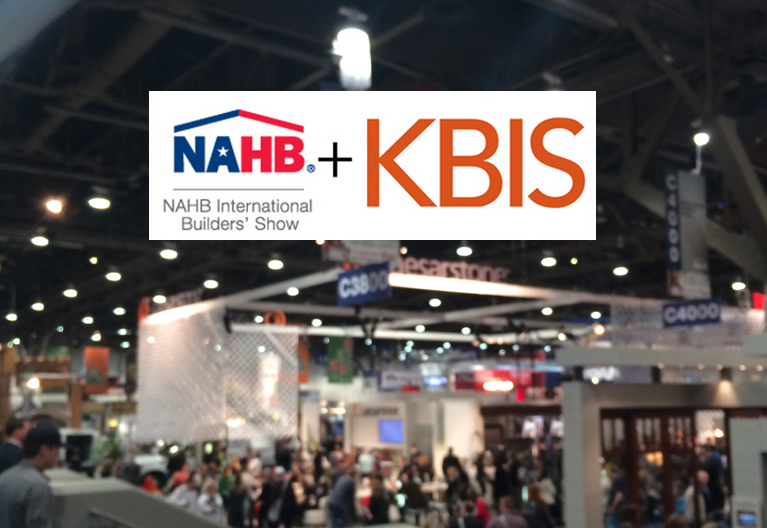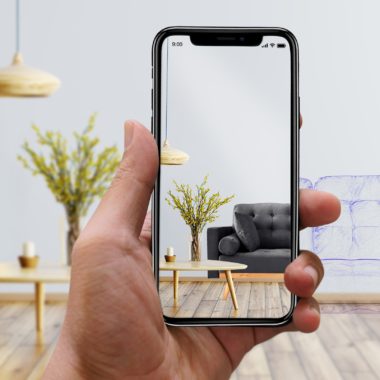SXSW 2014: Should Brands be Part of the Real-Time Conversation?
I started my SXSW 2014 Interactive experience in the AT&T Conference Center at the University of Texas where MediaPost’s OMMA hosted a panel titled “Should Brands Be Part of the Real-Time Conversation?” In our continuously-connected society, there’s no answer to me other than: yes, most brands and businesses must be available on-demand to intersect with consumers at a moment’s notice.
While the printed topic for the session touted the “Oreo Moment” as a standout for inserting your brand into the moment, the actual session was much more about continuous, meaningful one-to-one interactions, which I think was the perfect way to approach the topic.
I was excited to hear from the panelists, who represented big brands with very different products/services and audiences:
- Noha Abdalla, Senior Director, Brand Social Media, Capital One (@AbdallaN)
- Natanya Anderson, Director of Social Media, Whole Foods Market (@NatanyaP)
- Bryan Jones, VP of Marketing, North America and Global 500, Dell (@BryanatDell)
- Rick Wion, Director of Social Media, McDonald’s Corporation (@rdublife)
The conversation spanned a number of topics around the desire to be alert and quick to participate in social spaces. While each brand has a different approach, there was general consensus that inserting a brand into any conversation topic requires permission of the audience – not hijacking the conversation. “Oreo Moments” and social media stunts are rare, and not something you should focus on. For Capital One and Dell, sponsored events – like a football game – afford them an opportunity to join in with real-time conversation and share their brand’s passion, with a human touch (not overtly selling).
Each brand stressed the goal of serving customers, one at a time. At Whole Foods, Natanya Anderson said the “focus is on being real-time in every market, all day, every day” – and “intersect customer conversations” with business stories, but focus on their needs and what is important to them. Rick Wion from McDonald’s said “we made sure from the start that customer service has a voice in monitoring and reacting,” while their framework consists of “promoting food, debunking myths and empowering fans.”
With such big brands, I was quite interested in hearing how they scaled-up their organizations to meet the commitment. Dell (a founder of big business social engagement and active for over 8 years), empowers everyone in the organization to be brand ambassadors, and over 10% of employees around the world (over 10,000 as of 2012) have had specific training. The company opened a “Social Media Listening Command Center” in 2010, with about 280 employees directly focused on social activities.
Likewise, Whole Foods aims to have 6-10 employees at every store (nearly 400 stores, each with their own pages/account) be equipped to engage on social media with customers in their community. I love this local approach.
Some other topics I found interesting:
- Whole Foods uses a tiered approach to conversation. For example, an employee could speak freely about store sales or product availability, but stick to the script or defer upward when it comes to answering a question about genetically-modified foods. They also have prepared plans to respond quickly, and legal is able to work with those on the front line. But for the most part, it’s a management of small, store-specific communities.
- The group agreed that involving legal from the start (not just for approvals) is the way to go. Planning around the issues in advance helps both reacting to tough situations and proacting creatively when opportunities present themselves. Planning with legal allowed McDonald’s to reduce their social response cycle time to minutes vs. days.
- Bryan Jones from Dell said “don’t metric social media to death” in reacting to the enormous amount of data available for measuring success (also that with Dell, customer support is in their DNA, so it’s happening regardless).
- The businesses noted that agencies can help set specific strategies, but the actual connection with customers should be direct with company employees (something we’ve always advocated for at Hanson).
Above all, I think the takeaway is pretty much good advice and what we’ve been saying at Hanson for years – support your customers, engage in a human voice, know what you stand for, and help, not hype. If people are ready to buy something you sell, don’t give them any reason to go anywhere else. The bigger the brand, the more people you have to help, so scale appropriately.
For more coverage from our team at SXSW 2014, see Redesigning the Workplace for Talent Development, Managing the Generation Mash-up and Designing for Every Screen, No Screen and Between Devices.




